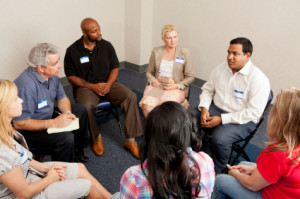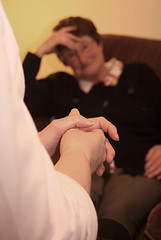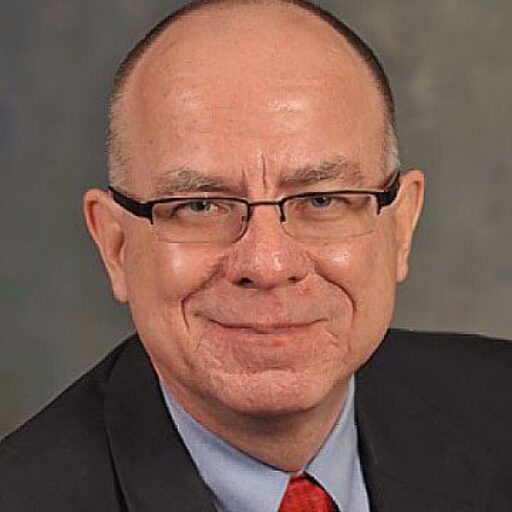 I am firmly convinced that we must help people newly recovering addict to get integrated into two vital communities – the Church and the recovery community. There is life after the residential recovery program and if we don’t spend enough time and energy preparing our clients for it, we have done them a great injustice. If we are truly successful, program graduates leave recovery as newly sober, struggling baby Christians. We must be sure that these new believers know where to find help when they experience struggles in the future, no matter where they live.
I am firmly convinced that we must help people newly recovering addict to get integrated into two vital communities – the Church and the recovery community. There is life after the residential recovery program and if we don’t spend enough time and energy preparing our clients for it, we have done them a great injustice. If we are truly successful, program graduates leave recovery as newly sober, struggling baby Christians. We must be sure that these new believers know where to find help when they experience struggles in the future, no matter where they live.
A. Imparting skills for developing healthy relationships – There is a lot going on at recovery programs in the areas of life skills, employment, literacy and education, etc. But, an often-neglected aspect of preparation for life after the program is helping our residents to develop and maintain healthy relationships. Getting involved with the wrong people is a major contributor to relapse. Many experience tremendous stress those clients with inadequate relationship skills experience as they try to live with others. The truth is, most addicts come from dysfunctional families. They already struggle with codependency long before their first use of drugs or alcohol. Getting high, for many, provides a temporary release from their lack of self-confidence and toxic shame issues that handicap them in their relationships with others. Guess what? Just because they stop using alcohol and drugs, all of this doesn’t automatically go away. Sobriety gives them a chance to finally begin to work on these issues. If they don’t, their chances of success are greatly diminished.
A number of resources that help in this area. One of the best is a workbook called, “The Twelve Steps – A Spiritual Journey”. It walks people through an exploration of these issues and provides many real and workable Christ-centered solutions to overcoming problems that keep them from experiencing healthy relationships with others. The Church certainly offers a lot to recovering people by providing both spiritual and social support. SRI Gallup’s 1992 survey of recovery from homelessness concluded that spirituality (a growing relationship with Christ) was the number one factor that contributed to the success of those they studied. They noted, “This spirituality seems to not only strengthen a person individually, it also seems to be the basis for commonality in building relationships with other people.”
B Getting involved in the right church – We must be intentional about connecting mission program participants to a solid, healthy relationship with the Body of Christ, which is often one of the most difficult challenges we face in mission programs. The solution lies in identifying those fellowships in our community that are most “mission client-friendly” and to cultivate relationships with them. This could involve personal visits with their leaders, luncheon meetings and tours at the mission, and training programs specifically geared toward helping both pastors and lay people to understand and support our people as they become involved in their congregations.
C. Connecting with Christian recovery groups – There is still another extremely valuable resource out there that has yet to be fully understood and utilized – the Christian who is himself in recovery! There is a wonderful phenomenon afoot that has been loosely called the “Christian Recovery Movement”. It has been manifested by literally thousands of support groups springing up in churches around the globe where Christ is the “Higher Power.” These groups are to be found in practically any major city of North America, and in some overseas – Overcomers Outreach, Alcoholics for Christ, Alcoholics Victorious, Celebrate Recovery, etc.
There are no better people to serve as a “bridge” between the mission and the Church than believers who are themselves overcoming addiction. They can relate in a very special way to the struggles of mission clients, because they’ve been through many of them. We must find these people by visiting support groups ourselves, contacting large churches in our cities to see if they have such programs, and in some cases sponsoring such groups ourselves. (see the database of Christian support groups). Like churches, support groups vary significantly, one from another.
I encourage addiction program personnel to never send people to groups we have not personally visited. And, it’s important to meet with the leaders of these groups to get to know them personally and help them to become familiar with the mission and its recovery program.


 What should we do with graduates who turn to our recovery program after they have relapse?
What should we do with graduates who turn to our recovery program after they have relapse?

